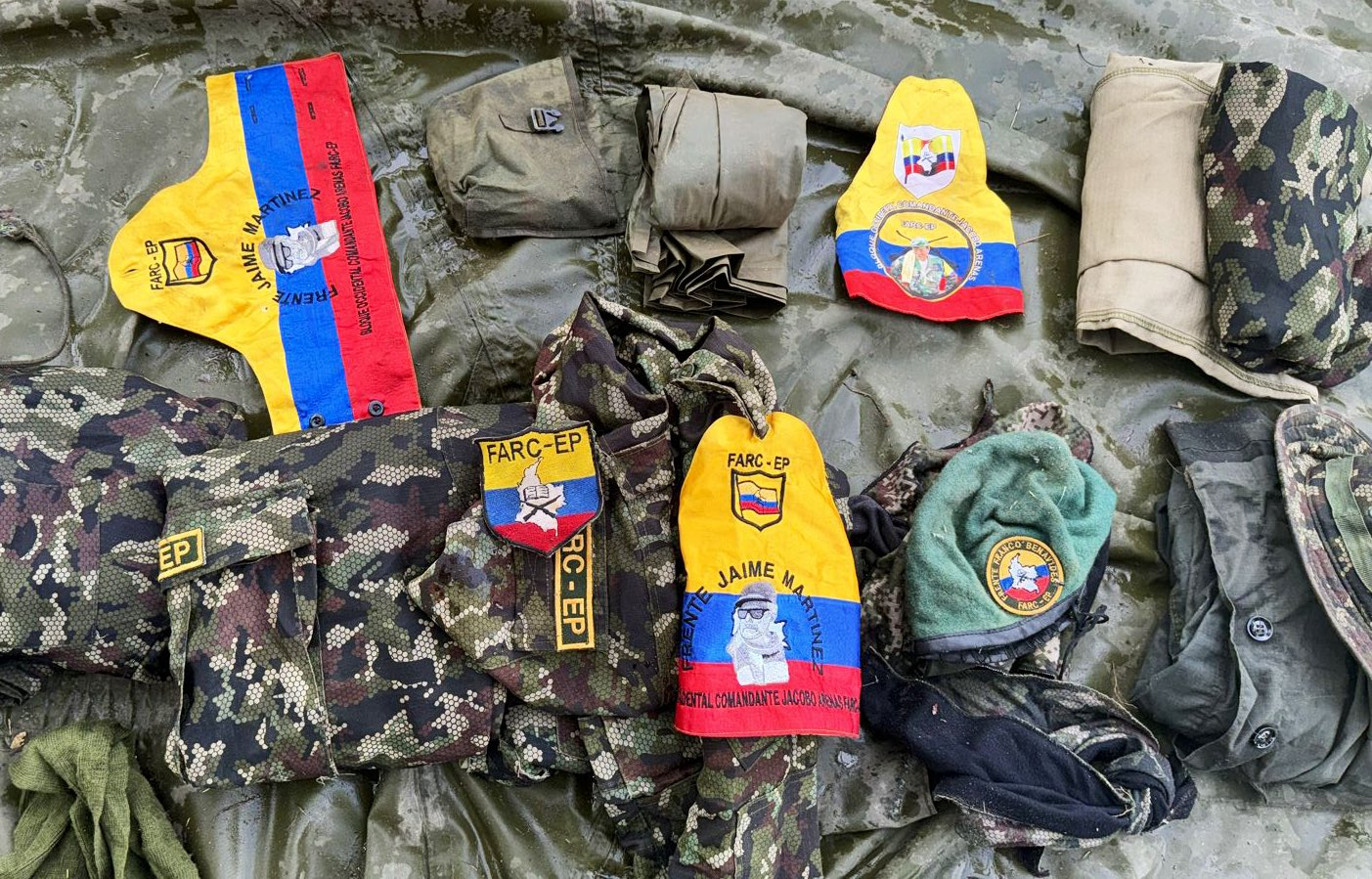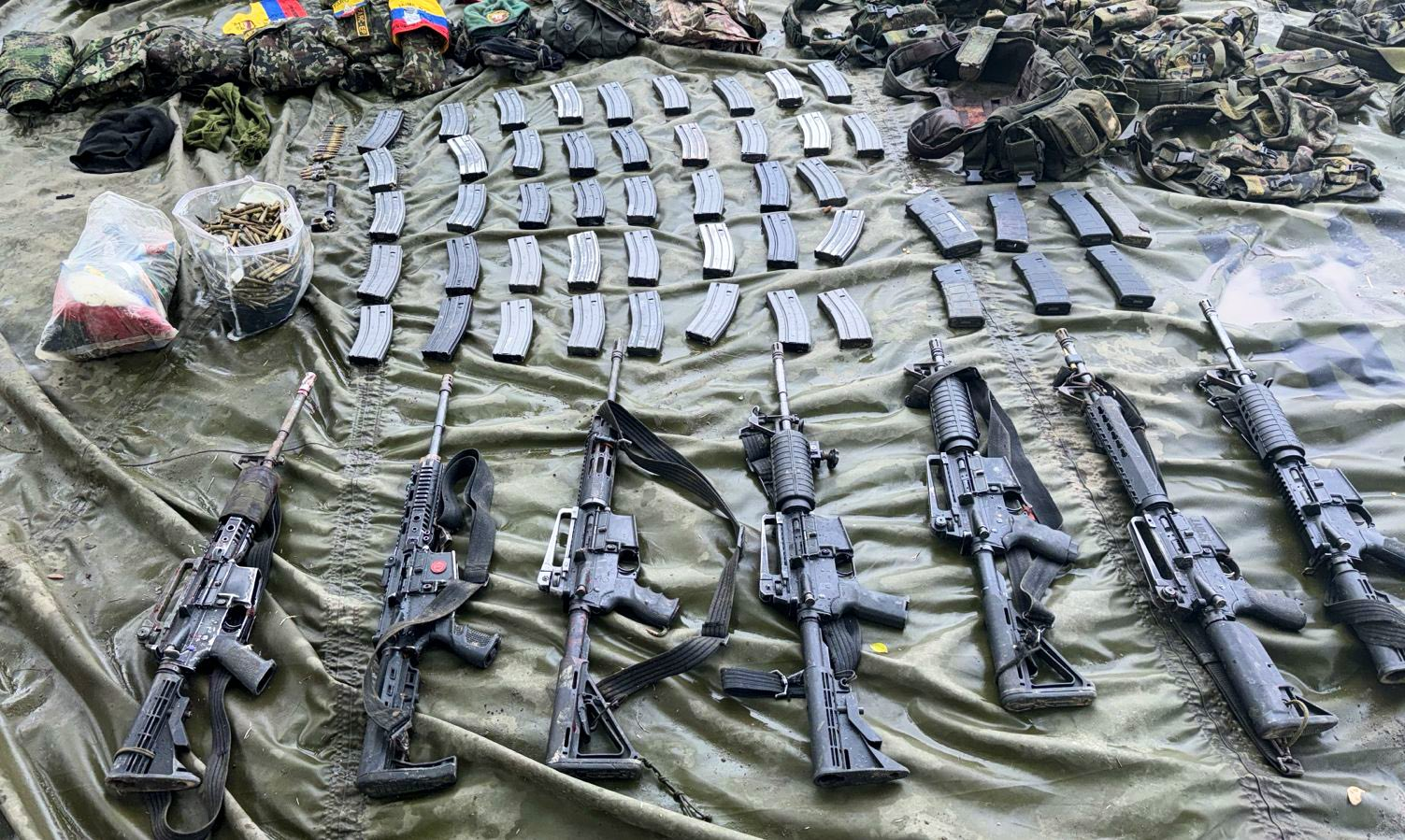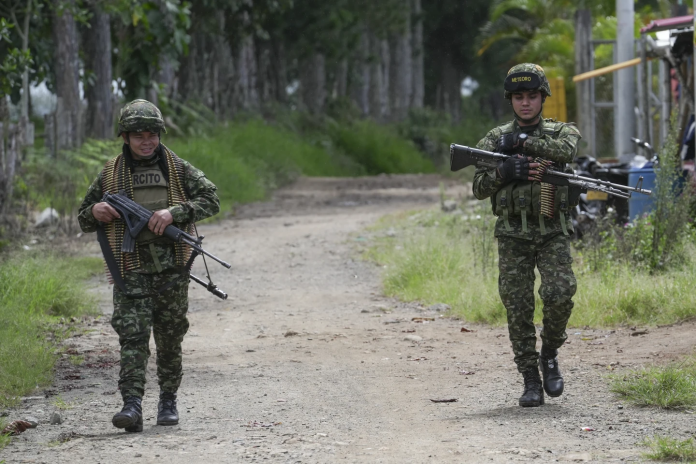Five members of a splinter faction of the Revolutionary Armed Forces of Colombia known as the Estado Mayor Central (FARC-EMC) were reportedly killed by government forces in Colombia’s south-western Cauca Department, a department known for the FARC-EMC’s heavy presence.
A Victory Amid a War
This development comes a week after the FARC-EMC launched a large-scale attack on municipalities across the department last week, killing a number of authorities in the process. Among the killed members of the FARC-EMC, three other guerillas were injured in the fighting and have been identified as members of the Jaime Martinez Front of the FARC-EMC, which is active in the region. The skirmish reportedly occurred near El Plateado, which itself is considered a fortress for the FARC-EMC by members of the Colombian military

This fortress is believed to be controlled by the Carlos Patino Front of the FARC-EMC, a front which has reportedly been active in El Plateado since the 2016 peace deal which saw the bulk of the original FARC disband, disarm, and return to civilian life. This town, which is situated in the mountains of the Micay canyon, acts as a key hub for both drug trafficking and illegal mining operations which are key sources of income for a number of armed groups across Latin America. Furthermore, authorities have been reportedly forced out of the area surrounding El Plateado, with Semana, a Colombian news outlet, reporting that when they reached the area there were no government forces in sight. Furthermore, civilians remain in El Plateado, with many reporting that they live in fear of the FARC-EMC’s units stationed at the town.
The fortress has been a major issue for Colombian authorities in the area, with the Carlos Patino Front employing a number of anti-personnel measures including a series of motion activated cameras alongside the threat of civilian casualties if authorities attempted a siege of the fortress.
Continued Fighting in Cauca
Cauca, a department located in southern Colombia and known for the heavy presence of the FARC-EMC, has been the battleground between government forces and the communist guerilla group for decades. This conflict has only heated up recently with the dissolution of a ceasefire between the government and the FARC-EMC in March, along with the resumption of military operations against the group.
Tensions have been high between the FARC-EMC and the Colombian government, with the two previously failing to reach a temporary ceasefire due to an order to free hostages captured in April. Despite the two failing to reach an agreement, the hostages, three employees of Colombia’s Prosecutor’s Office and one soldier, were eventually released by the armed group with help from the Colombian Red Cross and the UN’s mission in Colombia.

This rise in tensions by the FARC-EMC has been characterized by members of the Colombian government as a ploy to force the government to enter peace talks with the armed group. The FARC-EMC likely wishes to reenter peace talks with the government in order to secure protection from military operations, in the group’s previous ceasefire, which was negotiated as part of President Gustavo Petro’s plan to bring “total peace” to Colombia, the group saw large territorial gains, an increase in numbers, and an increase in income.
Since the dissolution of the ceasefire, the FARC-EMC has denounced the reintroduction of military operations against the group, claiming in a statement which was originally released regarding the release of hostages on May 12th that the dissolution of the ceasefire “is a bad path that it [the Colombian government] took.”
Regardless of the FARC-EMC’s protests, Defense Minister Ivan Velasquez has stressed that the Colombian government will continue with operations against the group.
“No matter how much pressure these illegal organizations try to exert, we will not back down from the decision to suspend the ceasefire. Offensive operations by the Public Force will continue,” the Minister of Defense stated.

